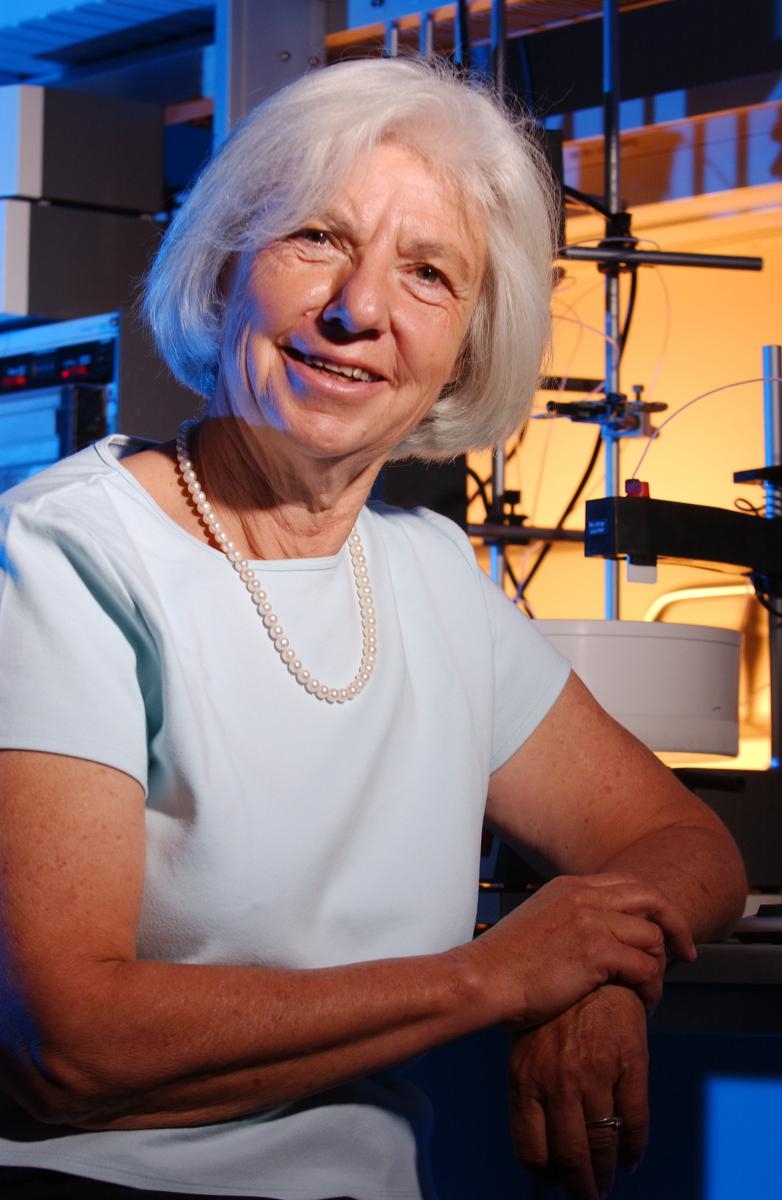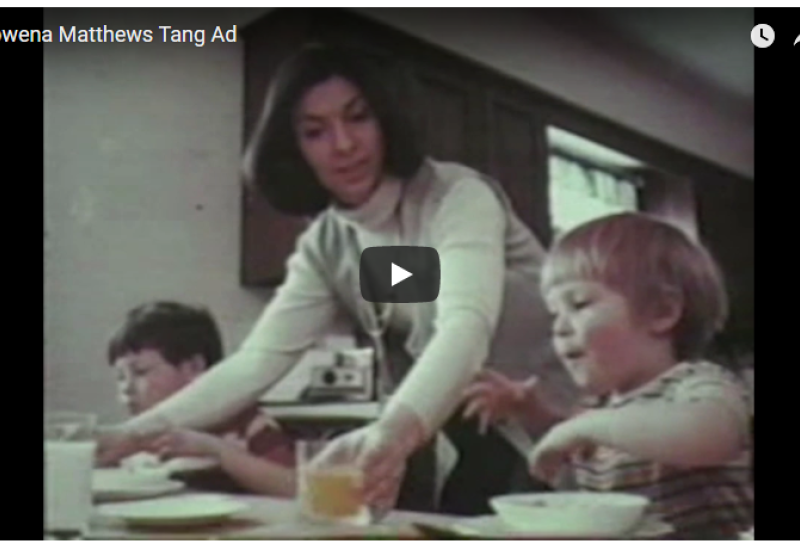Rowena Matthews was born in Cambridge, England, and raised in Madison, Wisconsin, where her father was a faculty member at the University of Wisconsin. As an undergraduate at Harvard, she worked in the laboratory of George Wald, who later won the Nobel Prize for his work on Vitamin A.
A 1963 paper Matthews published in Wald’s lab has been cited over 250 times since the citation index was first developed a decade later, and was reprinted in Benchmark Papers in Biochemistry, Vol. 3, in 1982. This paper described the intermediate R* or metarhodopsin II, the first active form of a G-coupled receptor to be described.
Matthews moved to Michigan in 1963, and did her dissertation research with Professor Vincent Massey and postdoctoral research with Professor Charles Williams. She worked on research that compelled her throughout her career: the role dietary vitamins and vitamin-derived cofactors play in catalyzing complex biochemical reactions. She focused on the mechanisms of enzymes and cofactors derived from the vitamins B12 (cobalamin) and folate, or folic acid. Much of this work focused on one folate-dependent enzyme moderated level of an amino acid implicated in cardiovascular disease and neural tube defects. Matthews' work helped identify a tiny gene mutation that inhibited the action of the enzyme, resulting in elevated levels of the key amino acid and elevated risk of disease.
In 2002, Rowena Matthews was elected to the prestigious National Academy of Sciences. In 2004, she was named to the Institute of Medicine, and in 2005 she was elected to the American Academy of Arts and Sciences. Matthews was one of LSI’s charter faculty members; she joined the Institute in 2002 to help to launch its recruiting and programming. As an emeritus faculty member, Matthews works with the director on faculty recruiting and mentorship and chairs the LSI faculty awards committee.




